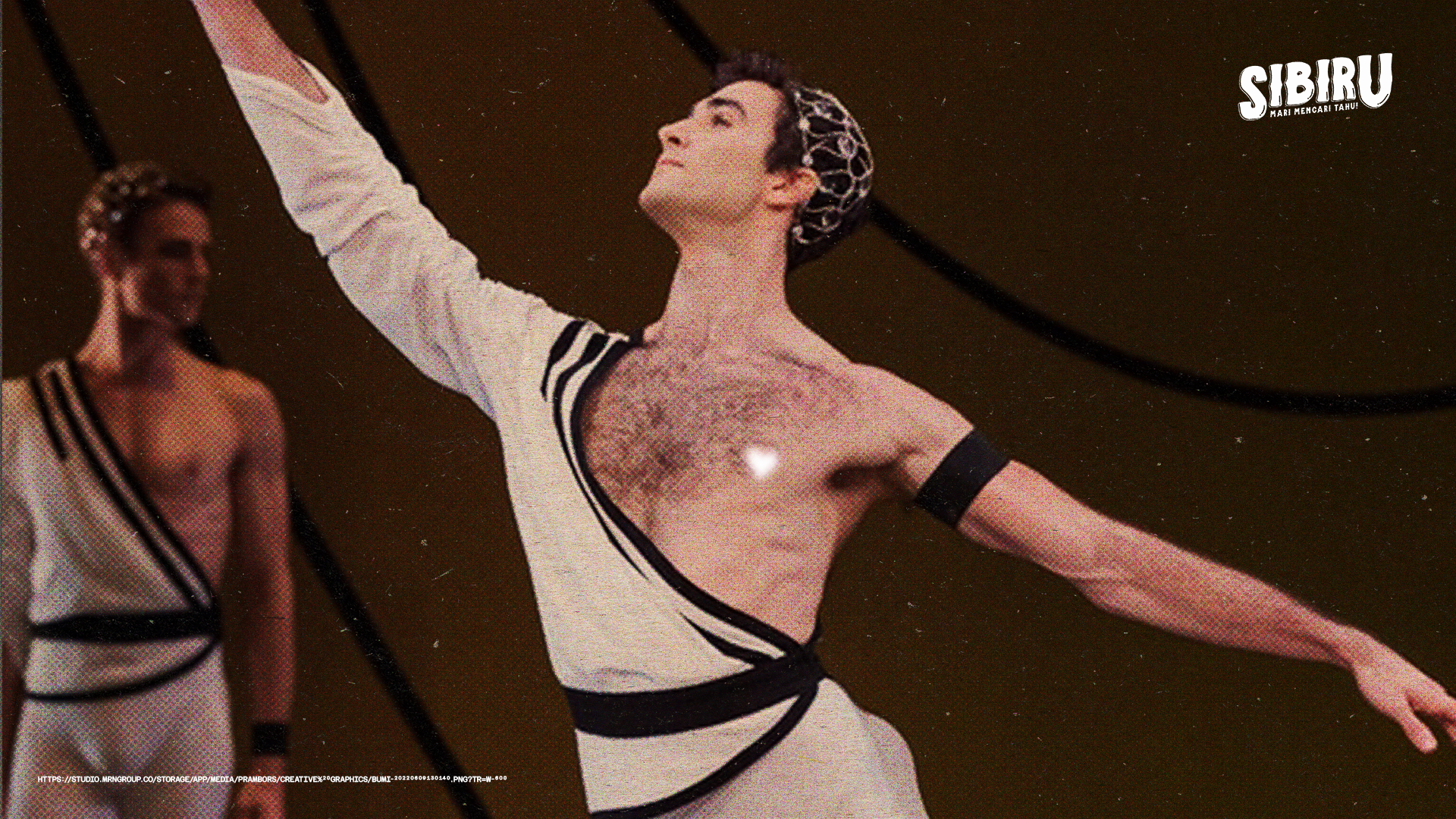Dance, a form of art which one only needs their body movements to channel their explosive emotions. Unlike music where you need to channel your emotions through lyrics or painting with explosions of colors. Only with your body movements and a song even without any lyrics included, you can channel your anger, your agony, and all of your complex emotions. At the same time, you bewitch many people and make them understand what you feel.
A beautiful blessing from God, isn’t it? A blessing that every single person can use and enjoy.
Yet there’s a catch. Everyone can be a musician or a painter regardless of their gender or sexuality. That’s a fact. But, unfortunately, dance isn’t that kind. Well, not the dance itself, but the people who “enjoy” the dance or maybe those who only see it without understanding the meaning behind it. They aren’t that kind to male dancers, or even not kind at all.
When Gender “Intervenes”
Gender has been some kind of an obstacle in some courses of life, in one’s passion to be exact. The gender stereotypes have been rooted deep into so many things, like hobbies or sports. Only men who’s able to wrestle or be a part of the rugby team and only women who’s able to knit or be a fashion designer, and so on. Sure, changes have been made, changes for the better, but you can’t really deny that people still give them a side-eye. But why? Somebody can’t just stop doing what they love, what they’re passionate about, just because people said that those things aren’t for their gender.
Same for males in dance. Many see a male dancer, especially those who have a career in ballet, as not “manly” because ballet “is not for male”. Boys should play sports, not dance. Boys should wear basketball shorts, not skin-tight pants. Boys should bruise themselves over wrestling, not after perfecting a pirouette or a leap.
What I think about this whole collective logic of how boys who dance, especially ballet, is not “manly” is because how male ballet dancers has a lithe built, not “masculine” and more feminine, compared to athletes who relatively have more muscular bodies. I want to debunk that. I may not be a ballet dancer but I’ve competitively danced before and I am obsessed with the strength of male ballet dancers.
Yes, strength. Male ballet dancers typically have higher jumps or leaps or even longer turns than ballerinas. When dancing in pairs with ballerinas (pas de deux) they have to both, let’s say, help their partner and also lift them, making beautiful, photo-worthy poses. To do those things, they must have immense full-body strength, focusing a lot on core and leg strength, to be able to lift and hold their partner up in the air and also preventing injuries. They also have to fit their workout routine into their packed training schedule.
Aside from those workouts, the other thing that I admire from their strength is their strong belief of “the show must go on” even when they’re injured on stage. Sure, this matter can be applied to dancers in general, but, since we are talking about male dancers, I’d like to tell a comparison that’s made by Cristiano Martino, a ballet dancer for the Australian Ballet.
In the matter of being injured, Cristiano gave an example that footballers have to stop the game when they get hurt so that the injured player can leave the field, but not for dancers. Once, Cristiano dislocated his shoulder when partnering up with a ballerina and he just popped it back in place and was able to finish the performance.
“I think it would take a dancer physically not being able to stand to see the curtain drawn,” Cristiano said to GQ Australia.
So, still think male dancers are “not manly”? With all their physical and emotional strength?
He Dances? He’s Gay
This stereotype infuriates me the most. In a study from 2003, male ballet dancers have been stereotyped as “gay, homosexual, sissy”. This is also not only able to be applied in ballet but also in other types of dance. Sure, in ballet, male dancers have to use a rather skin-tight costume, revealing top, or even no top, and they also have to wear make-up but those things are necessities. They have to wear make-up because they have to perform on a stage with blinding lights and to tons of audiences. No different than actors in a theater performance, is it not?
The other factor than their costume or appearance is their movements. In ballet, every dancer needs grace because most of their movements are careful and graceful. In other types of dance such as hip-hop, the moves are more “free”, free to go outside the box or the standard movements. With that, the dance routine might turn out feminine and not “suitable” for male dancers.
With those two examples of why the stereotype exists, let’s think logically now. How can you determine someone’s sexuality by their passion? How can you label a male dancer as gay as soon as they say that they dance? Let’s reverse this: to be a professional, a female wrestler doesn’t have to be a lesbian, right? You simply can’t determine someone’s sexuality by their passion. It really is a necessity to remember to not judge a book by its cover.
So with this year’s International Dance Day, let’s break this gender barrier around dance. Dance should be for everyone, should be enjoyed by everyone, regardless of their gender or sexual orientation. Happy International Dance Day and don’t let anything stop you from dancing!
Penulis: Rosiana Putri Muliandari
Editor: Lydia Tesa



